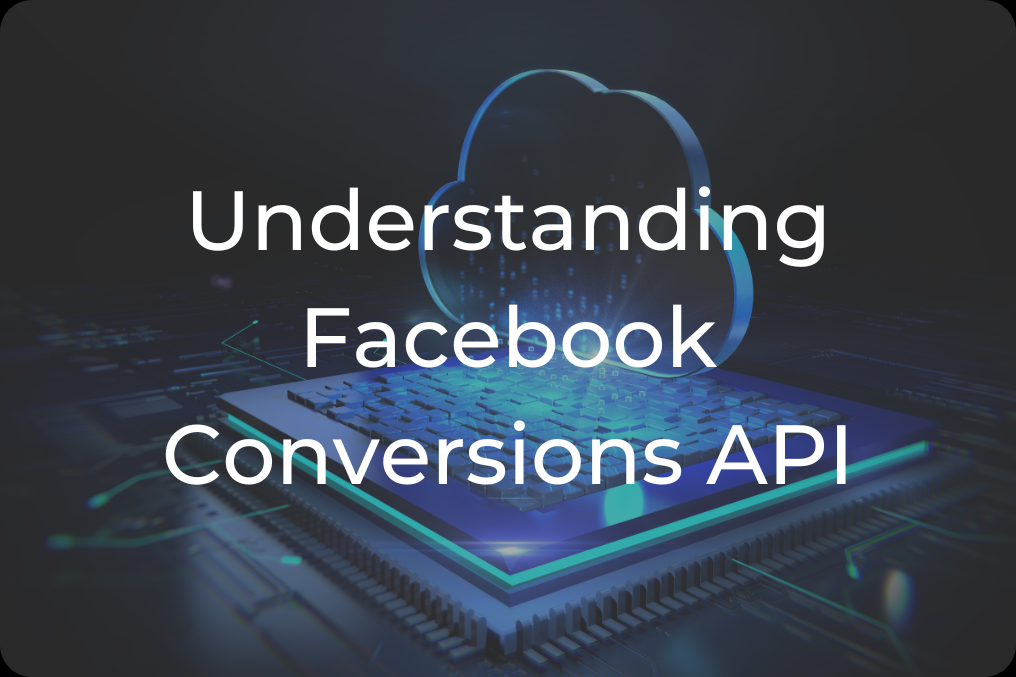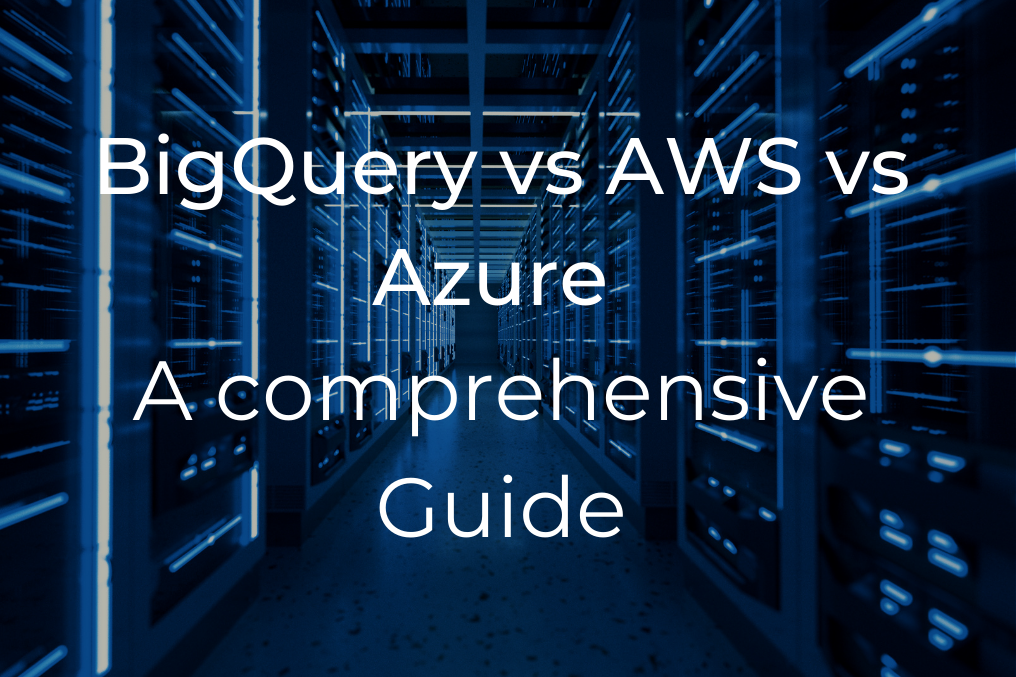
“We’ll help you boost performance, simplify processes, and drive growth with data solutions.”
In today’s data-driven world, businesses rely heavily on data warehousing solutions to store, manage, and analyze vast amounts of information. As organizations seek to leverage their data for strategic insights, choosing the right cloud data warehouse becomes critical. This blog provides a comprehensive analysis of three leading platforms: Google BigQuery, AWS Redshift, and Azure Synapse Analytics. We will explore their features, pricing models, performance, and use cases to help you make an informed decision for your data analytics needs.
Table of Contents
Toggle
The digital landscape is evolving rapidly, and with it comes the necessity for robust data warehousing solutions. Companies are inundated with data from various sources, making it imperative to have a reliable system in place to harness this information effectively. The right choice of a data warehouse can significantly impact an organization’s ability to analyze data and derive actionable insights.
In this comparative analysis, we will delve into the strengths and weaknesses of Google BigQuery, AWS Redshift, and Azure Synapse Analytics. By examining aspects such as architecture, pricing models, scalability, performance, and security features, we aim to provide a nuanced understanding of how these platforms can revolutionize your business operations.
Understanding Cloud Data Warehousing
Cloud data warehousing refers to the storage of large volumes of structured and semi-structured data in a cloud environment. Unlike traditional on-premises solutions, cloud-based warehouses offer scalability, flexibility, and cost-effectiveness. They allow businesses to store vast amounts of data without the need for extensive physical infrastructure.
Key Benefits of Cloud Data Warehousing
Cloud data warehousing offers transformative advantages for businesses looking to optimize their data management and analytics. Here’s why it’s a game-changer:
- Scalability at Your Fingertips
Easily adjust storage and computing resources to match your needs, ensuring your system grows with your business without disruption. - Cost-Efficient Operations
Say goodbye to hefty upfront investments. With pay-as-you-go pricing, you only pay for the resources you use, making it a budget-friendly solution. - Anywhere, Anytime Accessibility
Access your data from anywhere with an internet connection, empowering teams to collaborate seamlessly, even remotely. - Effortless Integration
Connect effortlessly with diverse data sources and analytics tools, enabling faster insights and streamlined workflows.
Overview of the Platforms
1. Google BigQuery
Google BigQuery is a fully managed serverless data warehouse that enables super-fast SQL queries using the processing power of Google’s infrastructure. It is designed for large-scale analytics and offers features that simplify the management of big data.
Key Features
Cloud data warehousing comes packed with features that simplify operations and drive smarter decisions. Here’s a closer look:
- Hassle-Free Serverless Architecture:
Forget the complexity of managing infrastructure. Cloud data warehouses automatically scale resources based on your workload, letting you focus on analyzing data instead of managing servers. - Real-Time Analytics for Instant Insights:
Process and analyze data as it arrives, unlocking real-time insights to support faster and more informed decision-making. - Flexible and Transparent Pricing:
Choose the pricing model that fits your business—opt for on-demand payments for flexibility or flat-rate plans for predictable costs.
2. AWS Redshift
Amazon Redshift is a powerful cloud-based data warehouse service that allows users to run complex queries against large datasets. It utilizes columnar storage technology and massively parallel processing (MPP) to enhance query performance.
Key Features:
- Columnar Storage: Optimized for fast retrieval of large datasets.
- Scalability: Easily scale compute resources by adding or removing nodes.
- Integration with AWS Services: Seamlessly integrates with other AWS services like S3 and EMR.
3. Azure Synapse Analytics
Azure Synapse Analytics is a game-changing solution that seamlessly blends big data analytics with traditional data warehousing, offering businesses a single, unified platform for managing and analyzing their data.
Key Features:
- All-in-One Integrated Workspace:
Simplify your data processes with a platform that unifies big data analytics and data warehousing. Easily ingest, prepare, manage, and serve data for business intelligence—all in one place. - Flexible Serverless Options:
Enjoy the freedom to choose between provisioned compute resources or serverless options, tailoring your setup to fit workload demands without compromising efficiency. - Top-Tier Security:
Keep your data safe with advanced security features, including robust encryption, access controls, and compliance with industry standards.
Comparative Analysis
To facilitate a clearer understanding of these platforms, we will compare them across several critical dimensions:
Feature | Google BigQuery | AWS Redshift | Azure Synapse Analytics |
Architecture | Serverless | Cluster-based | Integrated (Big Data + Data Warehousing) |
Storage Type | Columnar | Columnar | Columnar |
Scalability | Automatic scaling | Manual scaling | Automatic scaling |
Pricing Model | Pay-per-query / Flat-rate | On-demand / Reserved Instances | Pay-per-use / Provisioned |
Performance | High performance for large queries | Optimized for complex queries | Fast processing with MPP |
Security | Google Cloud IAM | AWS IAM | Azure Active Directory |
Key Performance Differences
When evaluating cloud data warehousing solutions, it’s essential to understand the key performance differences between Google BigQuery, AWS Redshift, and Azure Synapse Analytics. Each platform has unique strengths and capabilities that can significantly impact data processing and analytics performance. Here’s a detailed comparison based on various performance metrics.

1. Architecture and Scalability
Google BigQuery
- Serverless Simplicity: BigQuery’s fully serverless architecture eliminates the need for infrastructure management. Resources automatically scale to meet workload demands, ensuring seamless performance even during traffic spikes.
- Independent Resource Scaling: Scale storage and compute independently, giving you greater flexibility to manage costs and performance efficiently.
AWS Redshift
- Cluster-Based Setup: Redshift relies on cluster-based architecture, where users must manually configure nodes and select the right instance sizes—an approach that offers control but requires careful planning.
- Massively Parallel Processing (MPP): Redshift distributes data and query workloads across multiple nodes, enhancing performance for large datasets, though it demands diligent management of configurations.
Azure Synapse Analytics
- Integrated Platform: Synapse unifies data warehousing and big data analytics, offering both serverless and provisioned compute options to cater to diverse workloads.
- Scalable Flexibility: Serverless options scale automatically, while provisioned resources require manual adjustments, giving users the choice to prioritize control or automation.
2. Query Performance
Google BigQuery
- Lightning-Fast Queries: Optimized for high-speed query execution, BigQuery leverages Google’s cutting-edge infrastructure to handle massive datasets (from terabytes to petabytes) with minimal latency.
- Columnar Storage: Stores data in a columnar format, scanning only relevant columns during queries for faster results.
AWS Redshift
- Powerful for Complex Queries: Redshift is designed to tackle sophisticated analytical queries with ease. Its columnar storage reduces data scanning, boosting speed and efficiency.
- Materialized Views: By storing pre-computed query results, materialized views significantly enhance performance for repetitive, complex queries.
Azure Synapse Analytics
- Fast with MPP Architecture: Similar to Redshift, Synapse employs MPP to process massive datasets efficiently, excelling in real-time analytics scenarios.
- PolyBase Integration: Enables querying external data sources, like Azure Data Lake, for greater flexibility in analysis.
3. Real-Time Analytics
Google BigQuery
- Streaming API: BigQuery’s streaming API supports real-time data ingestion with minimal latency, making it ideal for businesses needing immediate insights.
AWS Redshift
- Kinesis Firehose Integration: While Redshift can handle streaming data, it requires integration with Kinesis Firehose, adding extra steps compared to other solutions.
Azure Synapse Analytics
- Built-In Streaming: With built-in options like Apache Spark streaming, Synapse simplifies real-time data processing and adapts to diverse live data scenarios.
4. Cost Efficiency
Google BigQuery
- Pay-as-You-Go: BigQuery charges based on data processed during queries and storage usage, offering cost-effective flexibility for organizations with variable workloads.
AWS Redshift
- Node-Based Pricing: Redshift’s costs depend on the number and type of nodes in your cluster. While this model offers control, it requires thoughtful planning to avoid unnecessary expenses.
Azure Synapse Analytics
- Flexible Pricing Options: Synapse separates costs for compute resources (Data Warehouse Units) and storage, letting businesses tailor expenses to their unique needs.
Pricing Models Overview
When comparing the pricing models of Google BigQuery, AWS Redshift, and Azure Synapse Analytics in real-world scenarios, it’s essential to understand how each platform structures its costs based on usage, storage, and query execution. Here’s a detailed breakdown of their pricing models and how they perform under various conditions.
Google BigQuery
- On-Demand Pricing: Users pay $5 per TB for data processed during queries. This model is ideal for sporadic or unpredictable workloads.
- Flat-Rate Pricing: Offers predictable monthly costs for users with stable workloads, allowing unlimited querying within the flat-rate limit.
- Storage Costs: Approximately $0.020 per GB per month for multi-region storage.
AWS Redshift
- On-Demand Pricing: Charges are based on the type and number of nodes in the cluster. The cheapest node costs around $0.25 per hour, covering both storage and compute.
- Reserved Instance Pricing: Users can save significantly by committing to reserved instances for a one or three-year term.
- Storage Costs: Managed storage costs about $0.024 per GB per month.
Azure Synapse Analytics
- On-Demand Pricing: Users pay based on the amount of data processed by queries, typically around $20 per TB.
- Provisioned Capacity Pricing: Fixed monthly costs for dedicated resources (Data Warehouse Units or DWUs).
- Storage Costs: Variable by region, generally around $0.088 per GB per month.
Summary of Costs
Data Volume | BigQuery Cost | Redshift Cost | Azure Synapse Cost |
100 GB | $0.49 | $2.24 | $1.95 |
1 TB | $5.00 | $23.00 | $20.00 |
10 TB | $50.00 | $230.00 | $200.00 |

Analysis of Results
1. Cost Efficiency at Low Volumes:
- BigQuery stands out as the most cost-effective solution for smaller datasets (e.g., processing up to 100 GB), primarily due to its low on-demand pricing structure.
2. Mid to High Volumes:
- As data volumes increase to around 1 TB and beyond, the cost differences become more pronounced.
- BigQuery remains the cheapest option, while Redshift and Azure Synapse show significantly higher costs due to their pricing models.
3. Long-Term Commitments:
- For organizations that can predict their workloads and commit to long-term usage, AWS Redshift’s reserved instance pricing can lead to substantial savings compared to on-demand pricing.
Conclusion
Choosing the right cloud data warehouse—whether it be Google BigQuery, AWS Redshift, or Azure Synapse Analytics—depends largely on your organization’s specific needs regarding scalability, performance, cost structure, and existing infrastructure. Each platform offers unique advantages that can significantly enhance your analytics capabilities.
As businesses increasingly rely on data-driven decision-making, investing in a robust cloud data warehouse can pave the way for transformative insights and operational efficiency. By understanding the comparative strengths of these platforms, organizations can make informed choices that align with their strategic goals.
In conclusion, whether you are looking to optimize marketing measurement through detailed analytics or enhance product analytics capabilities within your organization, selecting the right cloud data warehouse will empower you to maximize the value of your business’s data assets.
Ranjan Kashyap
“We’ll help you boost performance, simplify processes, and drive growth with data solutions.”


From Cookies to Customer Loyalty: The Rising Importance of First Party Data

Elevate Your Shopify Analytics: Implementing a Data Layer with GTM

GA4 and Server-Side Tagging: The Next Big Thing in Data Analytics in 2025 🚀

Cloud Data Warehouse Showdown: BigQuery, AWS Redshift, and Azure Synapse

Optimizing ETL/ELT Processes for Enhanced Data Quality: Strategies for Businesses
Explore related posts.

Understanding Facebook Conversions API: Why Use It and How to Integrate

From Cookies to Customer Loyalty: The Rising Importance of First Party Data

Elevate Your Shopify Analytics: Implementing a Data Layer with GTM

GA4 and Server-Side Tagging: The Next Big Thing in Data Analytics in 2025 🚀

Cloud Data Warehouse Showdown: BigQuery, AWS Redshift, and Azure Synapse

